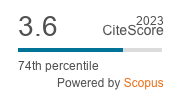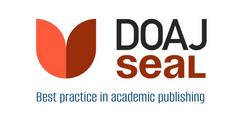Article | Open Access
Making Places: From Non-Place to User-Generated Space Through a Diversity of Media
| Views: | 249 | | | Downloads: | 87 |
Abstract: The prevalence of rich and dynamic multimedia information has dramatically accelerated the development of communicative non-places over the last 30 years. This has prompted planners to consider the question of how the long-term shift from a place-based to a non-place-networked public realm can be achieved. This article proposes the hypothesis that users of digital infrastructure in non-places create temporary non-places. In this process, a “non-place,” as intended by Augé, is neutral and lacks identity, but digital technology endows this physical non-place with new characteristics: identical, relational, and historical. By focusing on London as a case city, this article proposes a new method for observing the transformation process of urban places and non-places from location-based social media data. The research involved collecting, quantitatively, geo-targeted contributions within London during a predefined period, and an analysis of contributions on social media over time, collected from X, Foursquare, and Instagram. Daily digital activity patterns show distinctive temporal narratives in non-place-based digital spaces. The key findings from these patterns are: (a) There is a rhythmic difference between digital and physical activities in non-places; and (b) non-places accelerate the use of digital technologies as they stimulate the desire to share personal status through social media. The study aims to understand what placemaking practices occur in spaces overlayed by invisible infrastructures, as well as users’ self-generated spatio-temporal perceptions.
Keywords: digital activity patterns; location-based social media; non-places; placemaking; spatio-temporal perceptions; temporal narratives
Published:
Issue:
Vol 10 (2025): Place-Shaping Through and With Time: Urban Planning as a Temporal Art and Social Science (In Progress)
© Weijue Wang, Mark Tewdwr-Jones, Valerio Signorelli. This is an open access article distributed under the terms of the Creative Commons Attribution 4.0 license (http://creativecommons.org/licenses/by/4.0), which permits any use, distribution, and reproduction of the work without further permission provided the original author(s) and source are credited.




